Running a business is a kind of feedback loop—the happier the patrons, the better the business does. The better the business does, the more opportunities it has to wow customers. When designing a menu for your coffee shop or multi-location coffee shop, the trick is finding that sweet spot where both business and customer thrive equally.
Design a Coffee Shop Menu You and Your Customers Love
While brainstorming coffee shop menu ideas, you want to offer as much variety and intrigue as possible while honoring each shop’s realistic capabilities. There’s more value in doing a few things excellently than doing many things just OK. Let’s explore some of the ways your shops can achieve success through a well-conceived menu.
Learn How to Create a Coffee Shop Menu With Variety
The average American spends $20 or more on coffee weekly, and their orders vary significantly from person to person. Research has identified three distinct types of coffee drinkers in today’s market — the general coffee enthusiast who loves their morning pick-me-up, the flavor adventurer who seeks new and exciting taste experiences, and the quality-oriented coffee drinker, dedicated to drinking only the finest brew their area can provide. To please all three customer types, your coffee shop needs variety.
Hot Drinks to Sell
Hot drinks are the main event at cafés and coffee spots, and every outlet is expected to sell a set of beloved staples. These crowd-pleasing hot beverages are crucial to impressing your everyday coffee enthusiast. Items your customers expect to find on your menu include:
- Drip coffee: This is standard black coffee made by slowly running hot water over coffee grounds and filtering it. Some people add cream and sugar to taste, while others prefer black coffee.
- Espressos: Served in 1- to 2-ounce cups, espressos are stronger versions of drip coffee made with fine, dark-roasted coffee grounds and pressurized water. They have a rich, foamy crema on top and are used in several other hot drink orders.
- Lattes: Combine a shot of espresso with some steamed milk, top it with a thin layer of milk foam, and you’ve made a latte. Many popular coffee shops offer hazelnut, vanilla, caramel, or other syrups to flavor the drink.
- Teas: Green or matcha tea, English breakfast, Earl Grey, and herbal teas like chamomile and peppermint are all welcome additions to a standard café menu in America.
- Mochas: Mocha combines the classic latte with chocolate syrup or cocoa powder and sugar to create a decadent grown-up hot cocoa. They are usually topped with whipped cream and chocolate shavings.
- Americanos: Americanos are similar to drip coffees, but they generally have a richer and more intense flavor because they are made with a shot of espresso and hot water combined.
This is by no means an exhaustive list. Macchiatos, cappuccinos, chai teas, oolong teas, and flat whites are all popular hot drinks that would be excellent on a coffee shop menu. After you’ve created your budget and decided which market your brand aims to appeal to, you can decide whether to swap out one staple for another to customize the menu for your needs. Just be sure to pick quality coffee grounds to endear your brand to the quality-oriented clientele.
Cold Drinks to Sell
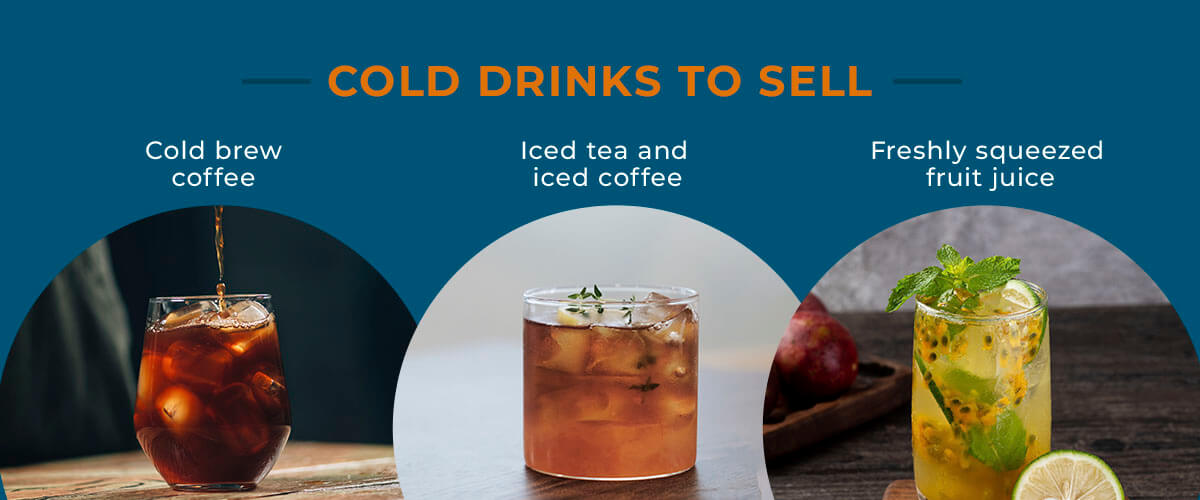
People don’t only visit coffee shops when it’s chilly outside, so it’s important to have a variety of cold drinks, too. These often require juicers, blenders, refrigerators, and ice, so consider how these extras will impact your budget, space, and the staff’s preparation time. Some cold drinks that will keep customers coming back include:
- Cold brew coffee: This chilled, caffeinated drink is made by steeping coffee grounds in water for up to 12 hours. This creates a refreshing drink with a smooth taste and minimal bitterness. Cold brew works well as a standalone beverage or as a milkshake concentrate.
- Iced tea and iced coffee: Iced tea and coffee are becoming increasingly popular in America, with millennial and Generation Z customers gravitating towards colder caffeinated beverages. These drinks need less preparation time than hot drinks, saving your staff time and giving your customers snappier service.
- Freshly squeezed fruit juice: Nourishing, fresh fruit juice blends intrigue health-conscious customers and flavor adventurers alike. You’ll have to invest in a commercial juicer and buy and store fresh fruit, so carefully consider whether the market you’re targeting would buy freshly squeezed juice over a can of soda.
Other frosty options include frappes, smoothies, canned and bottled drinks, homemade lemonade, and more. Your final menu choices depend on your space, the time the staff has to prepare drinks, and what you want your brand to become known for.
Decaf and Regular Drink Options
When possible, provide regular and decaffeinated versions of your hot and cold coffee drinks. You can sell your beverages as relaxing evening treats and morning energy boosters, and customers who drink no caffeine at all still feel included and well-served. You’ll likely earn more profits while endearing your brand to a wider audience.
Milk Varieties
The meaning of the word “milk” has evolved, and it’ll do you good to cover every definition in your coffee shop refrigerator. Popular creamers and milk alternatives besides full-fat cow milk that work well with coffee include:
- Oat milk
- Almond milk
- Soy milk
- Macadamia milk
- Skim milk
- Lactose-free milk
Some milk-alternative brands offer a standard product version and a special formulation made specifically for baristas. These varieties create better foam texture and are easier to steam, so investing in the barista versions is a fantastic idea if you’re servicing a location with non-dairy coffee drinkers. Just note whether they’re sweetened or not and let your customers know.
Offer Specialty Coffee That Wows Customers
Specialty coffee is coffee of the highest standard. Your brew can be considered specialty coffee if the beans that went into it scored 80 points or higher on the Specialty Coffee Association’s grading system. If your brand seeks a premium, high-end reputation that caters to quality-oriented coffee connoisseurs, consider stocking specialty coffee for your staple drinks.
Create a Seasonal Coffee Shop Menu Cycle
While variety is the spice of life, novelty brings intrigue and exclusivity that makes a lasting impression on your customers. As seasons change, so do customer preferences, and therein lies an opportunity to offer them something new, memorable, and exciting. Examples of coffee shop menu items you can offer for each season include:
- Spring: Offer a fragrant lavender-matcha latte that echoes the blossoms and freshness of new growth while still warming customers up as sweater weather ends.
- Summer: Watermelon iced tea is a flavorful drink packed with sweetness, primed to cool customers off under the summer sun.
- Fall: The golden milk latte is a trendy, healthy Indian twist on the ever-popular pumpkin-spiced latte. It sings with flavor and aromatic comfort while brightening customers’ day with a lovely bright gold color.
- Winter: With the holidays in the air, what better way to warm up than with a luxurious peppermint mocha? Serve it complete with a candy cane to drive the cheery holiday spirit home.
Present Your Coffee Shop Menu in Style
Display your delicious drink ideas on a coffee shop menu board that invites customers in and gets them curious to try something new. You could decorate your chalkboard menu to match the season, theme it according to your brand’s unique aesthetic, or simply make it as legible and beautiful as possible. A menu’s look gives customers a visual taste of what to expect from your coffee shop’s products, so take the opportunity to really sell yourself.
Coffee Shops Trust FranConnect’s Software
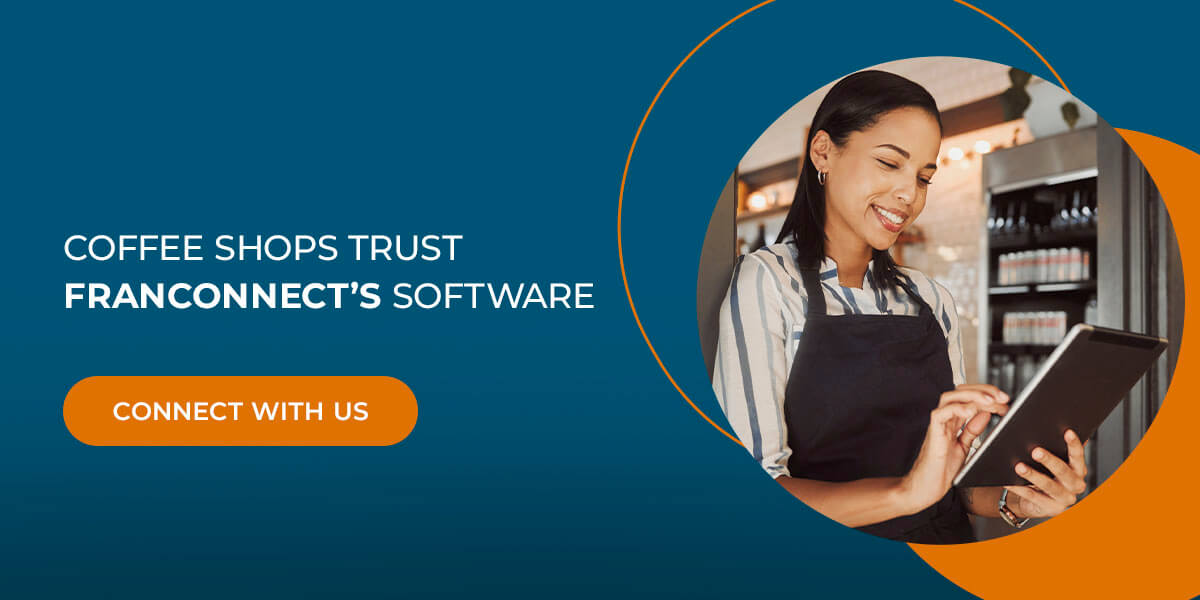 FranConnect is the gateway to scaling your coffee shop business and growing your brand with multi-location management technology and innovative ideas. We foster growth and efficiency within each unit, paving the way for the whole business to flourish in turn. We’re eager to help your brand expand its success, so fill out a demo request form, and we’ll get your multi-location coffee shop business on the path to peak performance.
FranConnect is the gateway to scaling your coffee shop business and growing your brand with multi-location management technology and innovative ideas. We foster growth and efficiency within each unit, paving the way for the whole business to flourish in turn. We’re eager to help your brand expand its success, so fill out a demo request form, and we’ll get your multi-location coffee shop business on the path to peak performance.

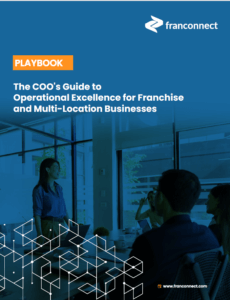


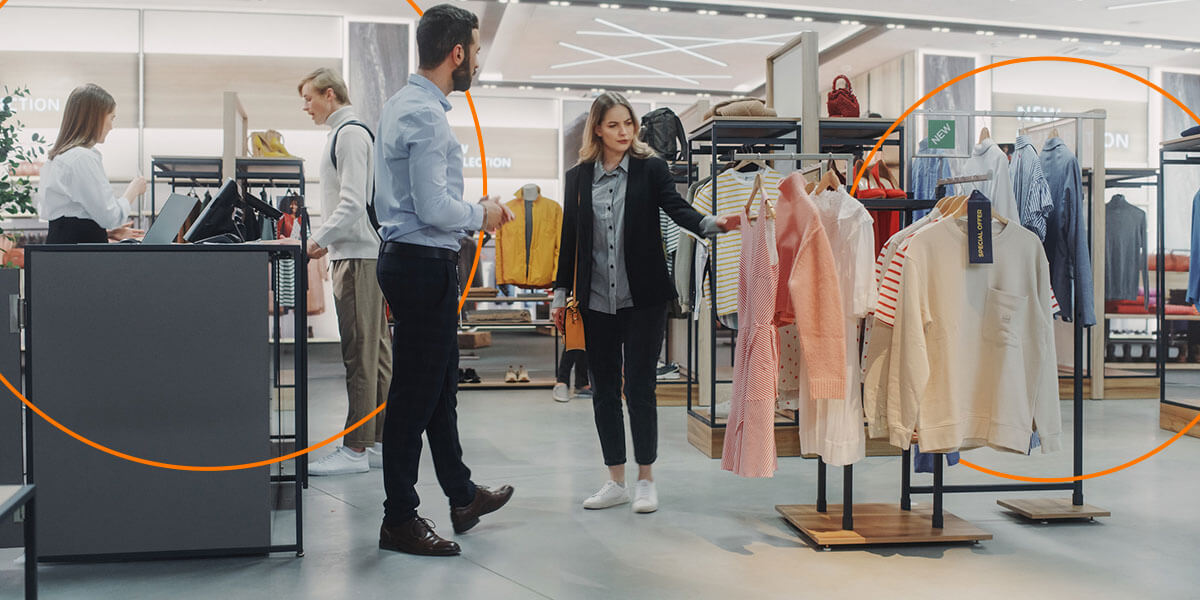
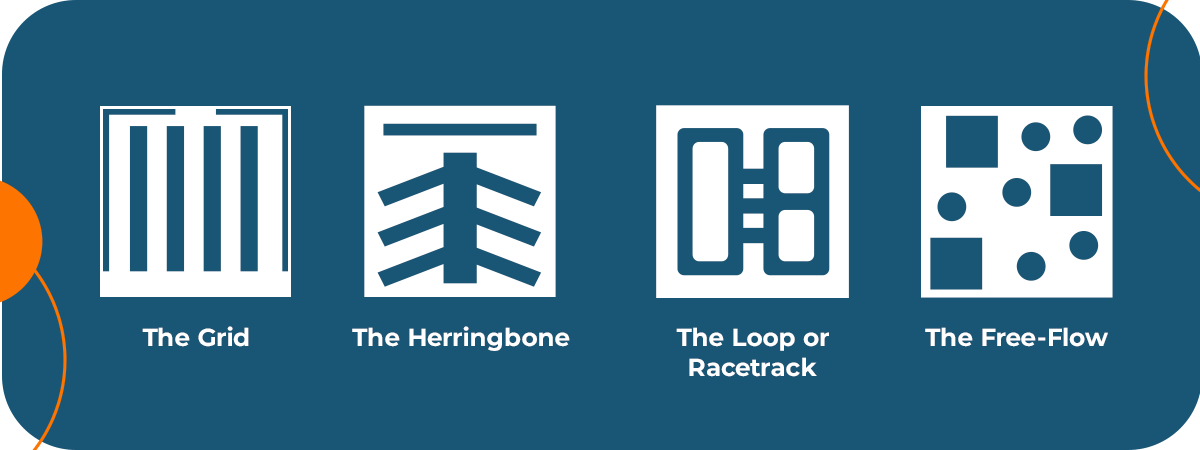

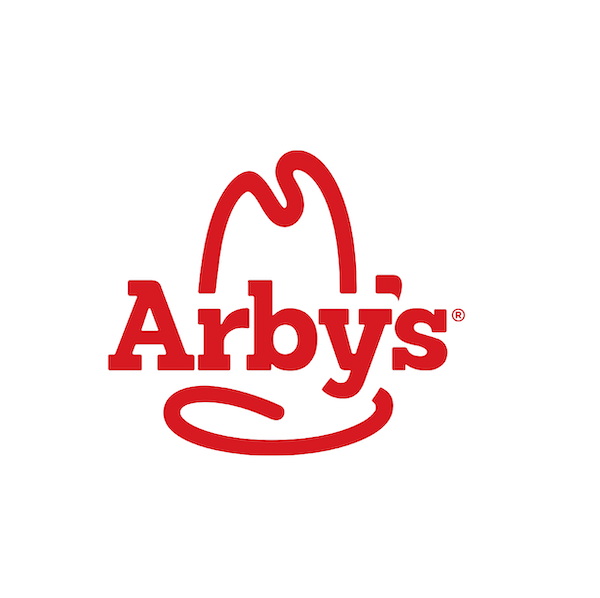
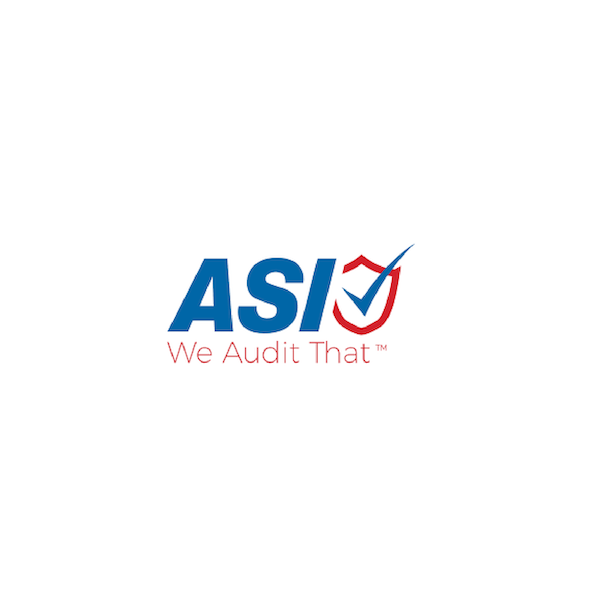
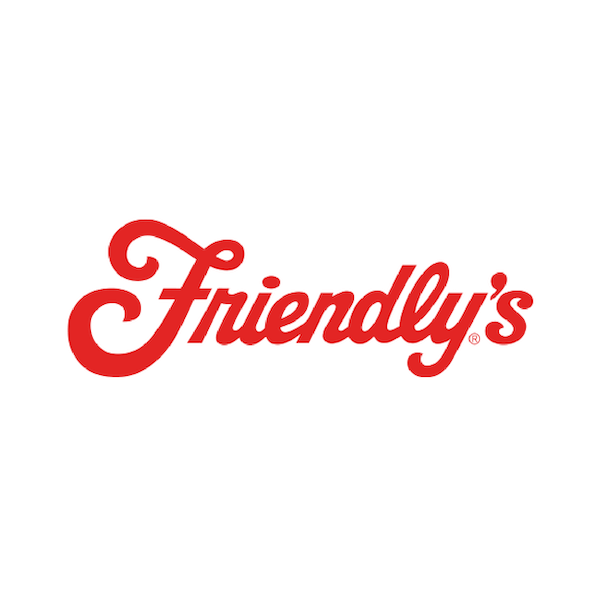
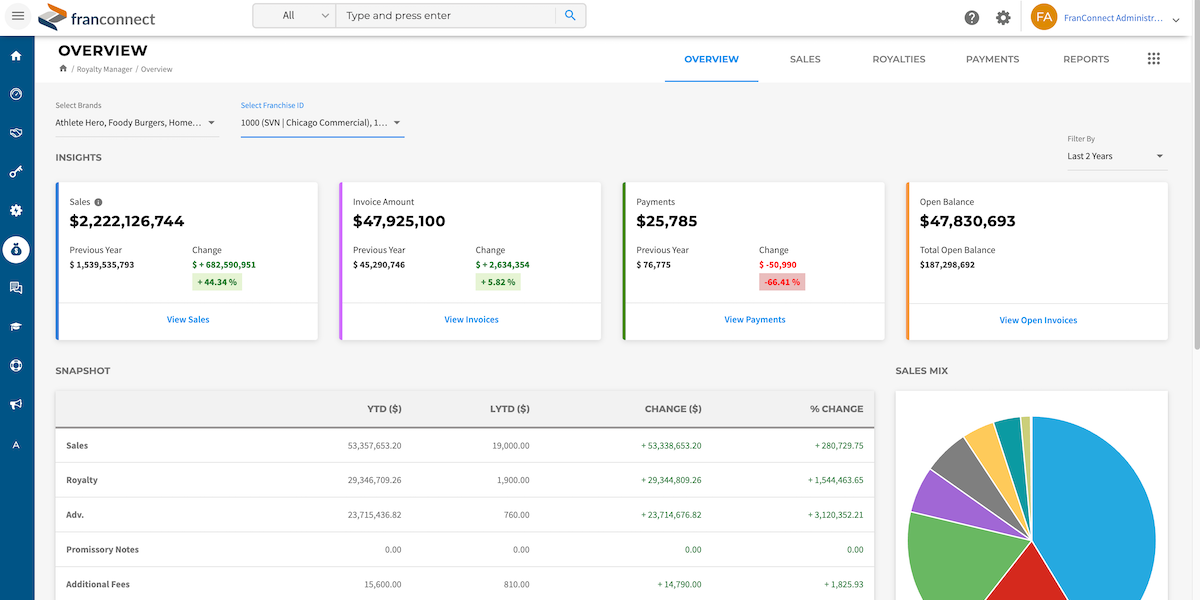


 Ian Walsh
Ian Walsh








